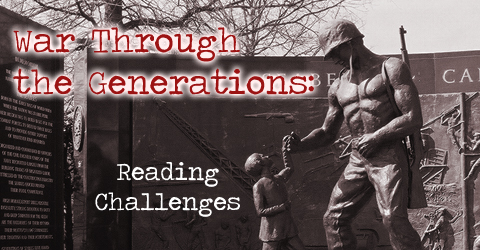
Book #35 of 2009
The Last Black Cat by Eugene Trivizas
Historically, black cats have always been associated with witchcraft and superstition — a black cat crossing your path is often seen as a sign of bad luck.
Eugene Trivizas (known as the
J.K. Rowling of Greece, like
Cornelia Funke is tagged to be the J.K. Rowling of German — I don’t know why they keep comparing authors like that) builds on this widespread belief in his young adult novel,
The Last Black Cat.
Originally written in Greek (transl. by Sandy Zervas), The Last Black Cat is a fast-paced mystery adventure concerning the intermittent disappearance of black cats on a Greek island. A sinister organization called The Guardians of Good Luck has infiltrated the government and brainwashed the people to blame all misery on black cats, inciting them to wipe all the black cats out of existence.
One by one the black cats disappear, until the protagonist, an unnamed black cat, must thwart the organization’s evil plans and evade the angry mobs because he is the only black cat left, and he refuses to go out without putting up a good fight.
The book tackles a theme similar to Zizou Corder’s
Lionboy series: the discrimination against a certain type of cat. It was only after I finished the book that I realized I was reading another Holocaust book (*groan* I think I’ve just about filled my
Holocaust quota for the year), with black cats as the victims. Filled with lots of cheeky cat puns (excellent for cat lovers), the book clearly drives its point an unconventional but critical manner, often graphic — not suitable for young children for violent content.
Trivizas seems to have really thought his metaphor through, as it draws parallels that hit the issues spot-on, but intelligently blends it into the text so that it is still an enjoyable read.
I loved the last passage in the book, which sums up the story’s sentiment quite well:
Everything is so tranquil, so peaceful…
How can all this have happened? I wonder and try to convince myself that never, ever will something like this happen again.
Deep down in my heart, though, I know that here, on our island, like anywhere else, cats forget, people forget, and it won’t take much for the madness to begin all over again…
The book design also deserves special mention; the lino-cut stamps of black cats throughout the book were the perfect touch to the chapter headings, echoing the graphic theme of the story and the stark emotions of the narrator.
***
my copy: trade paperback, mooched from the UK
my rating: 4/5 stars





